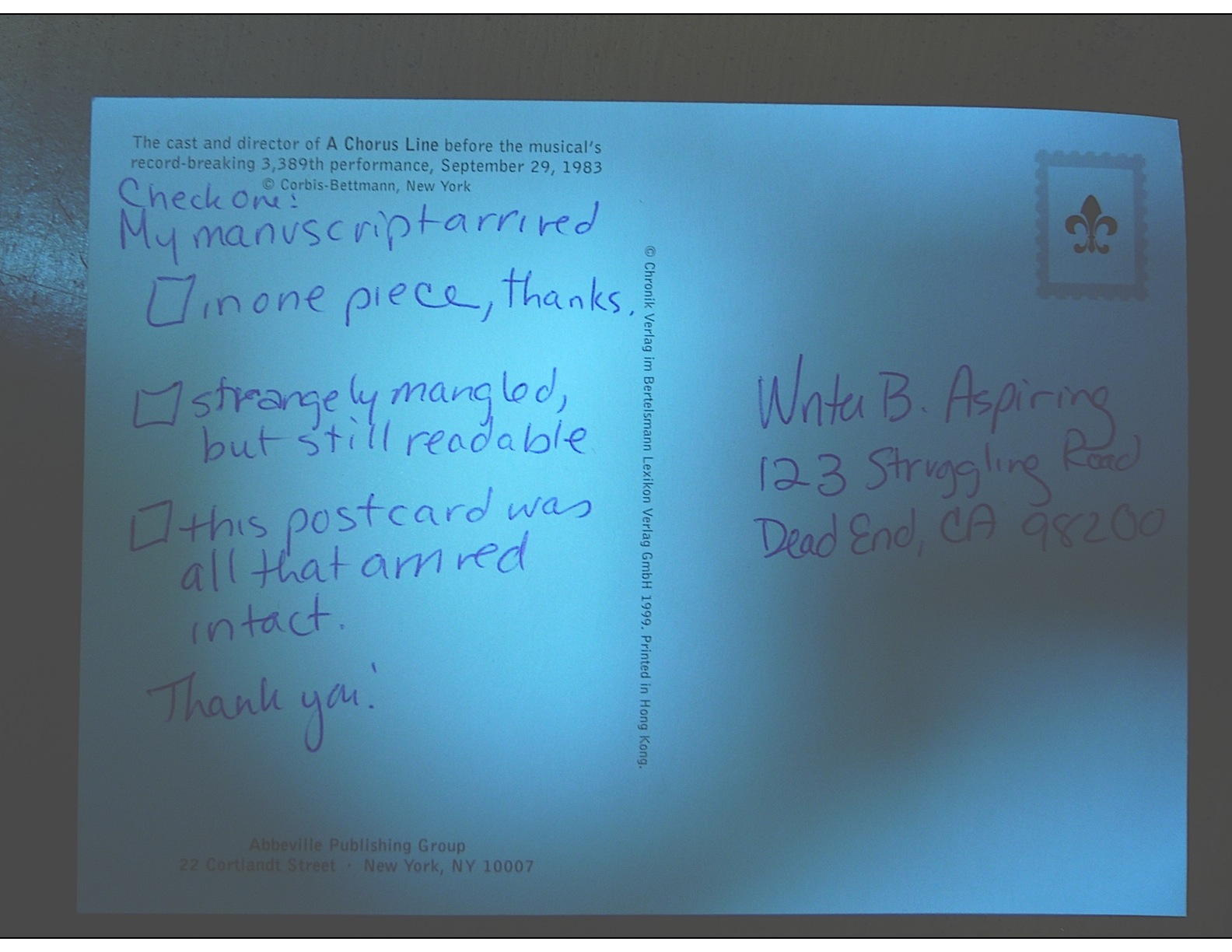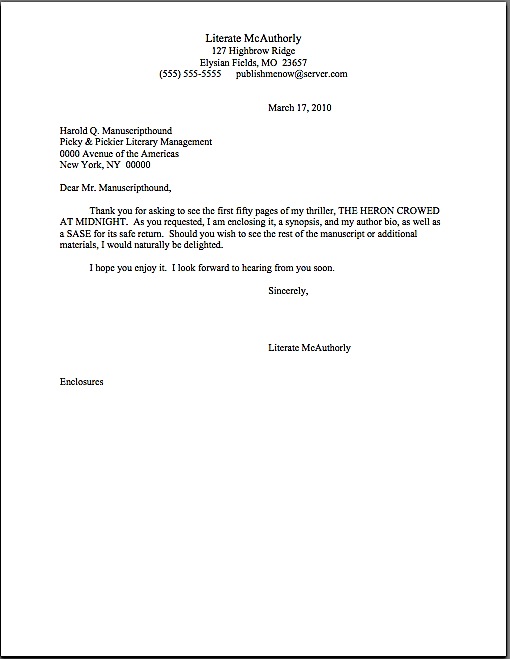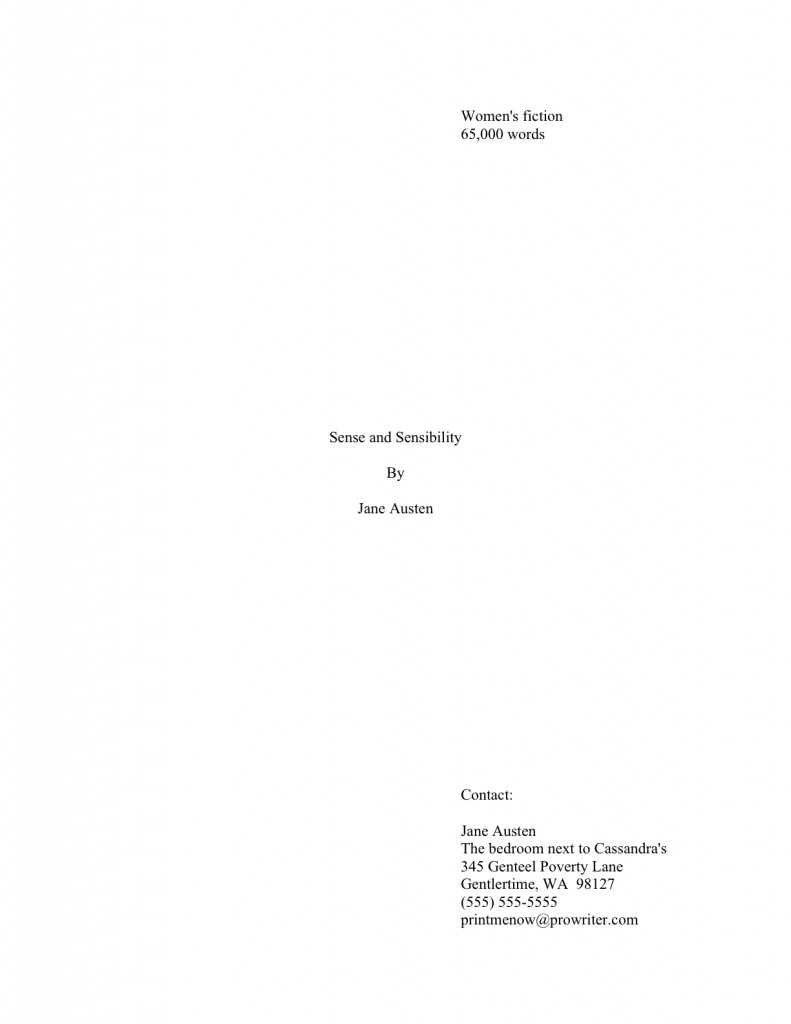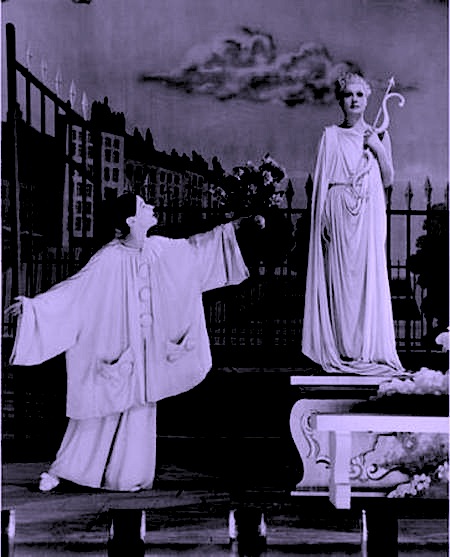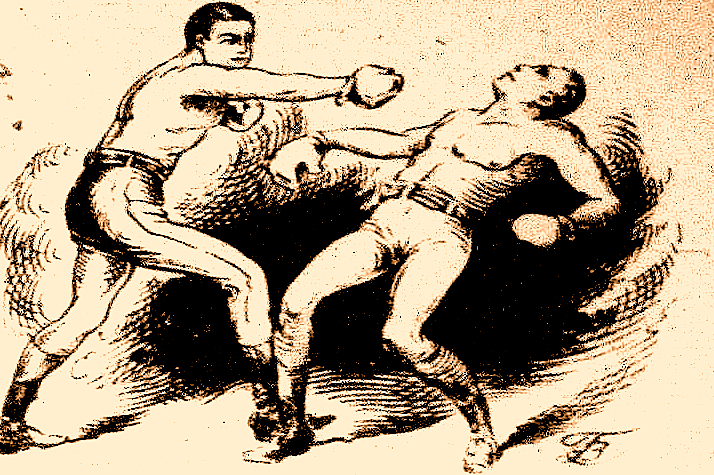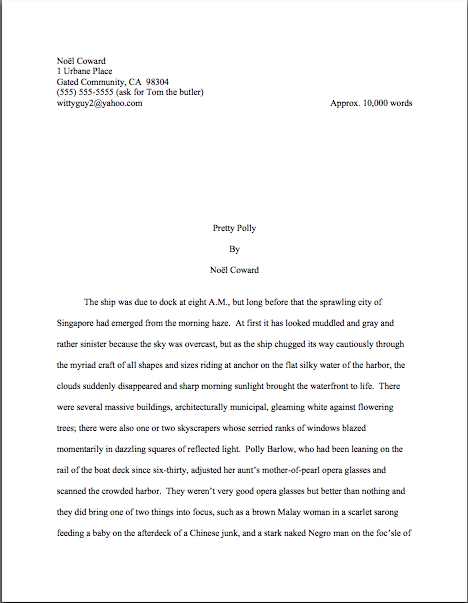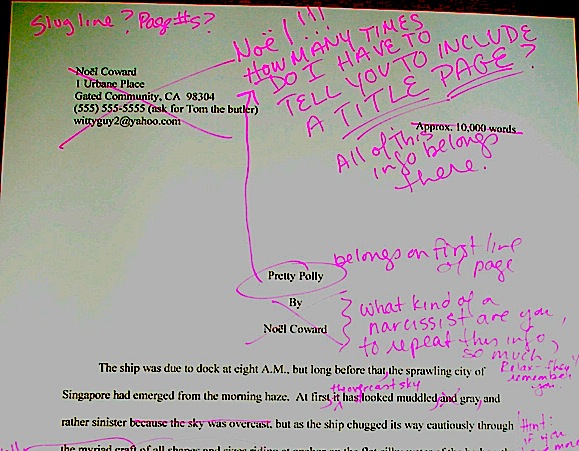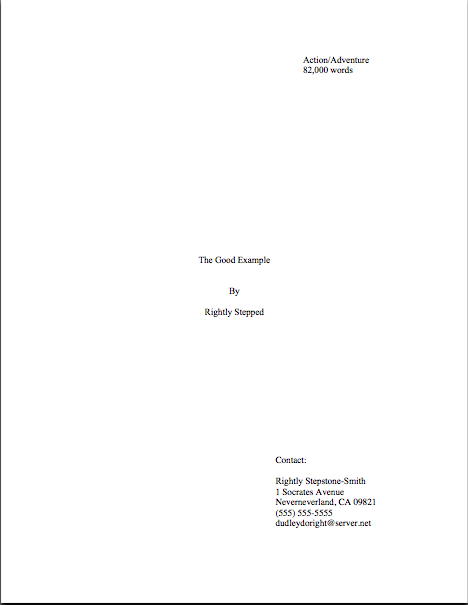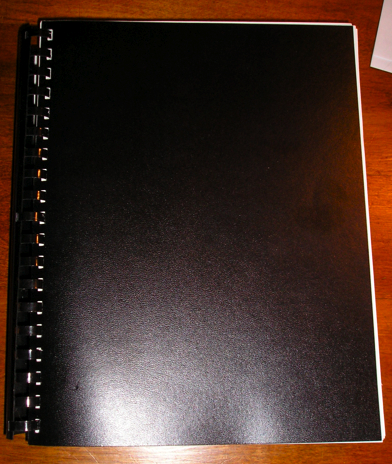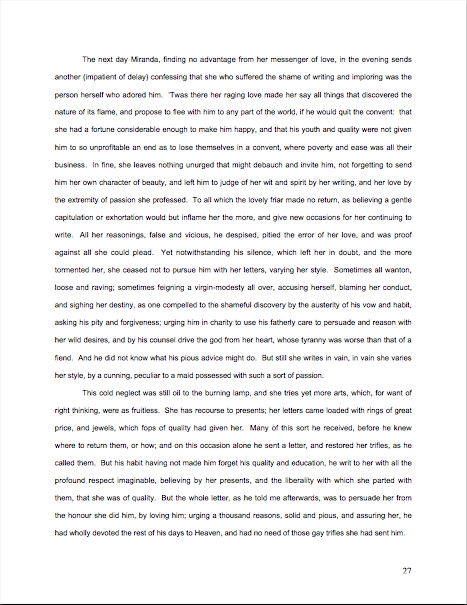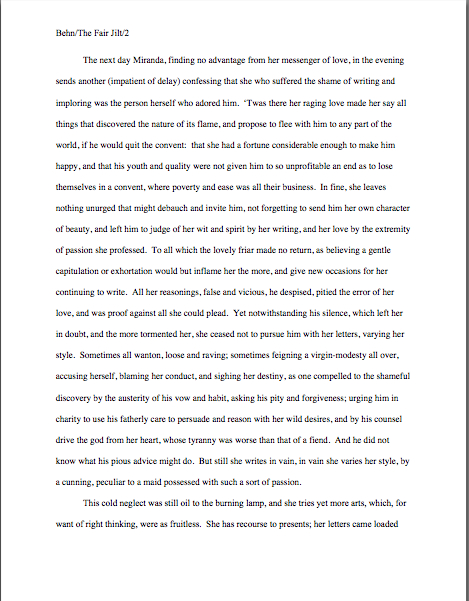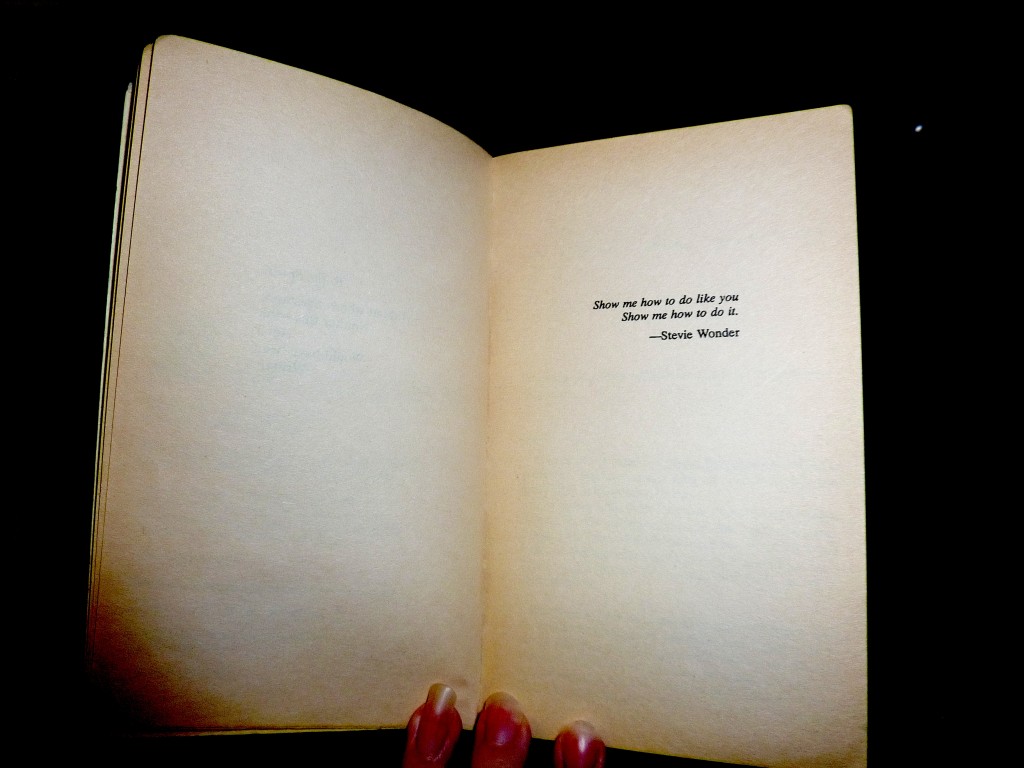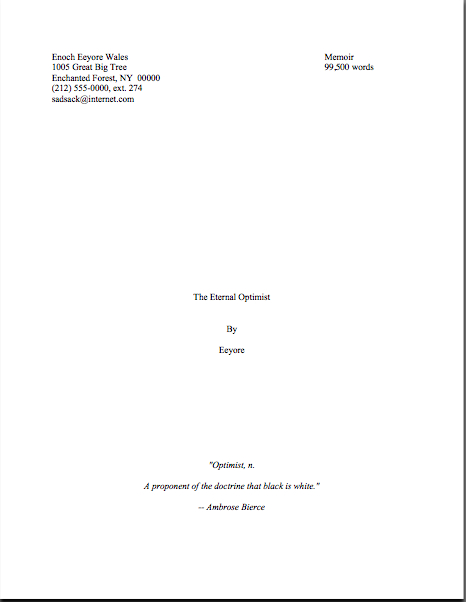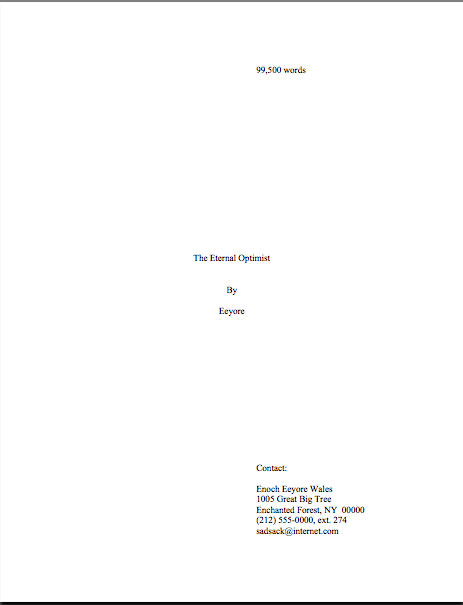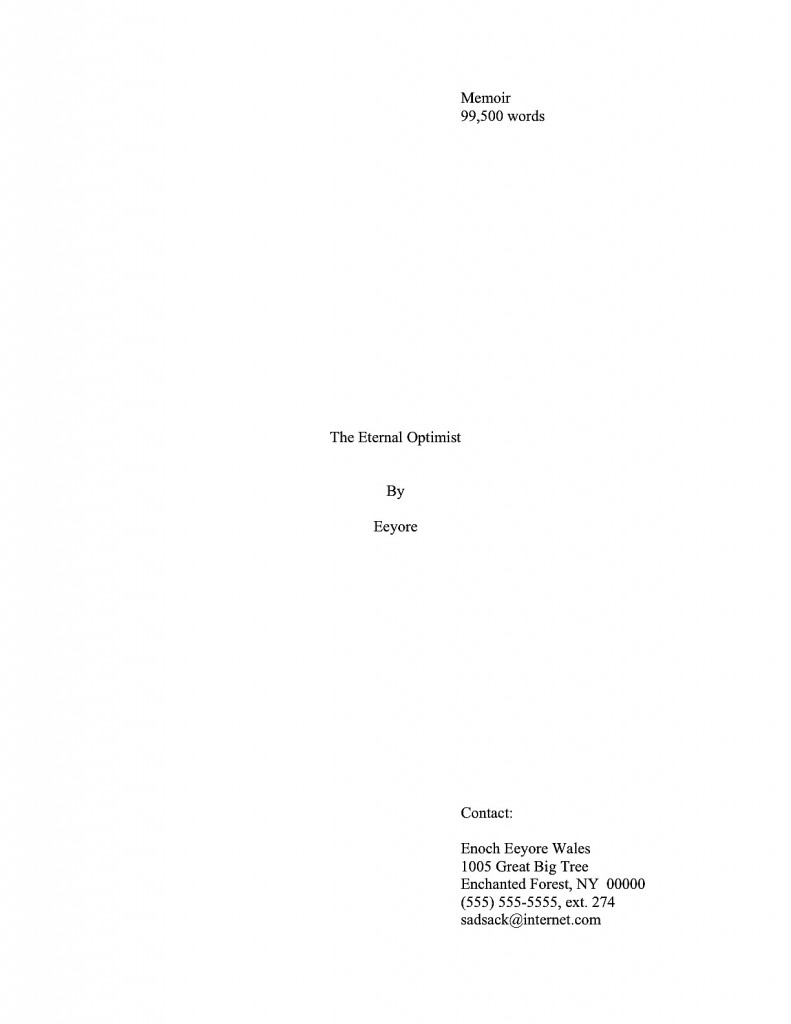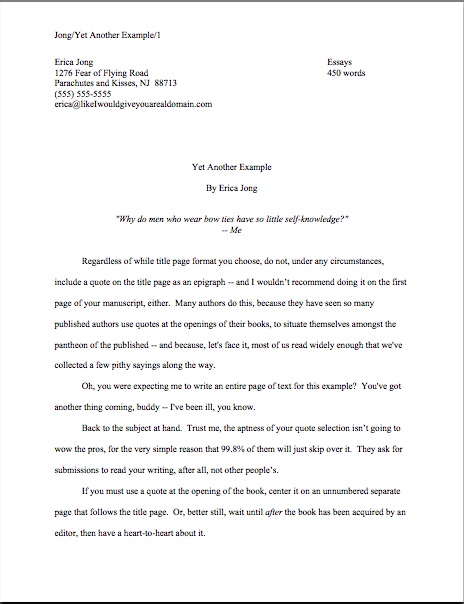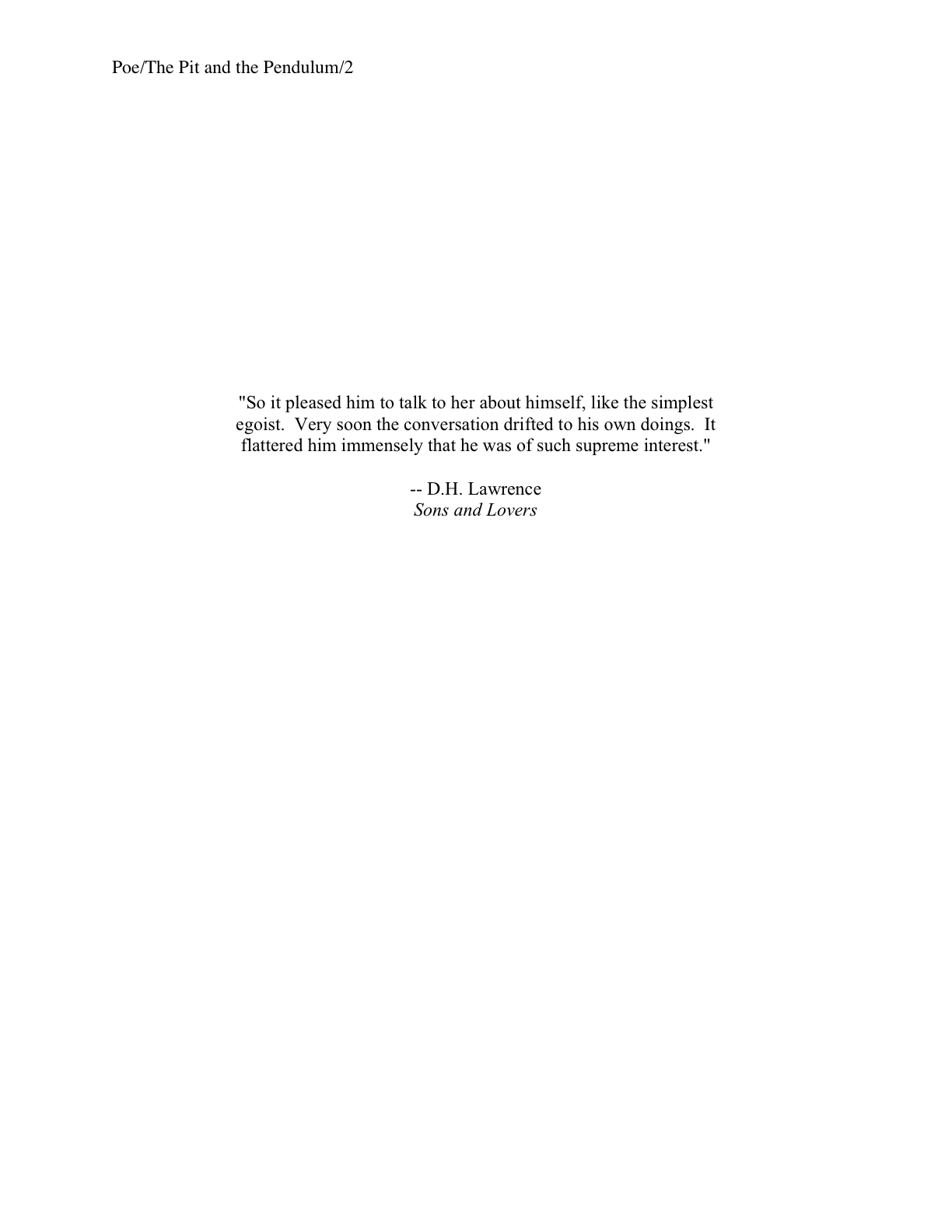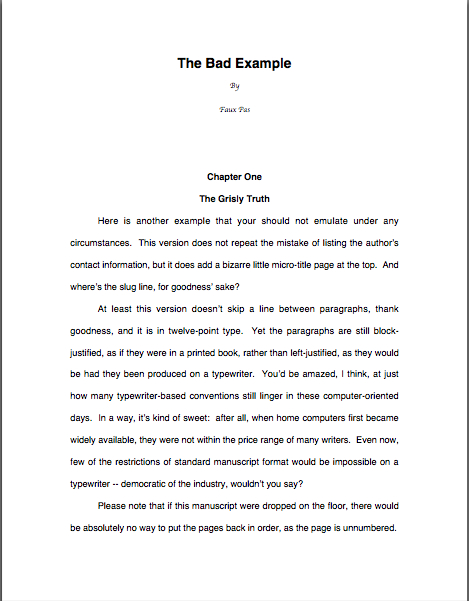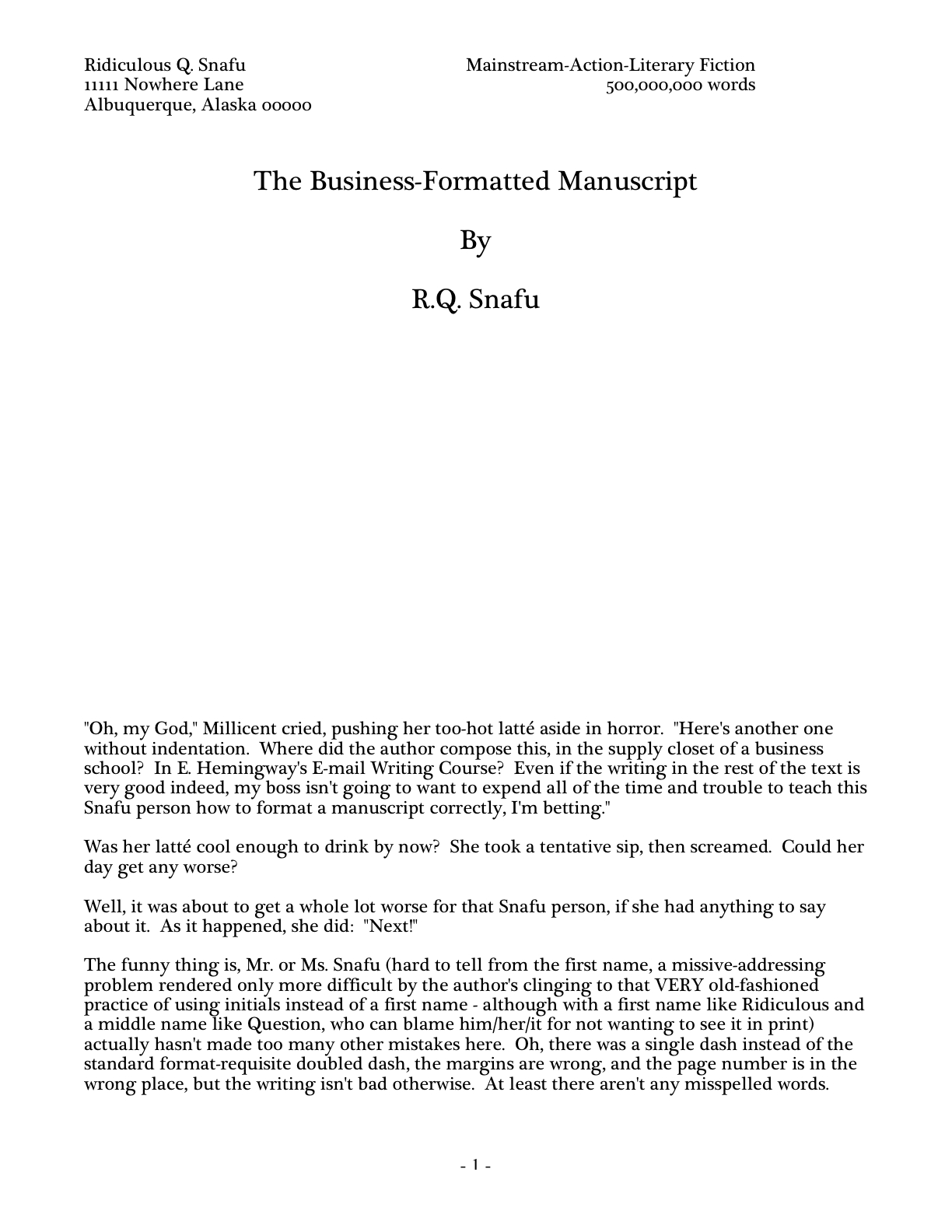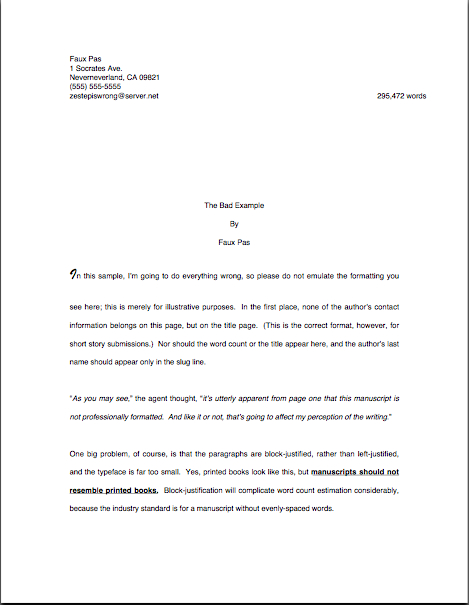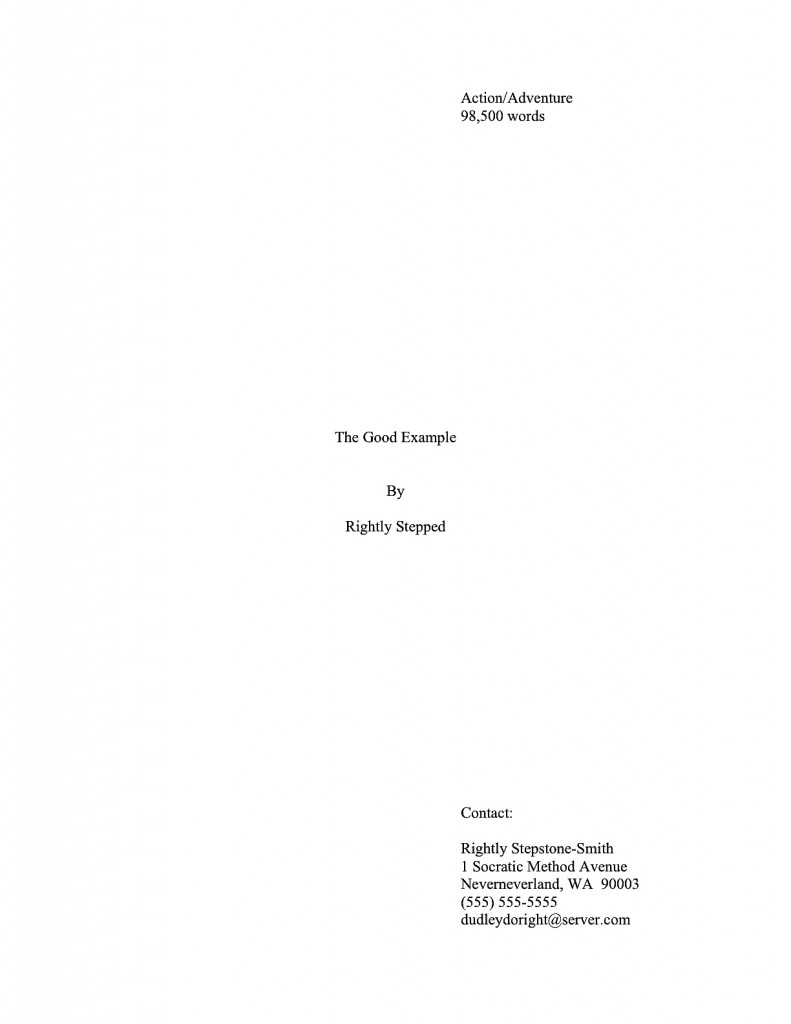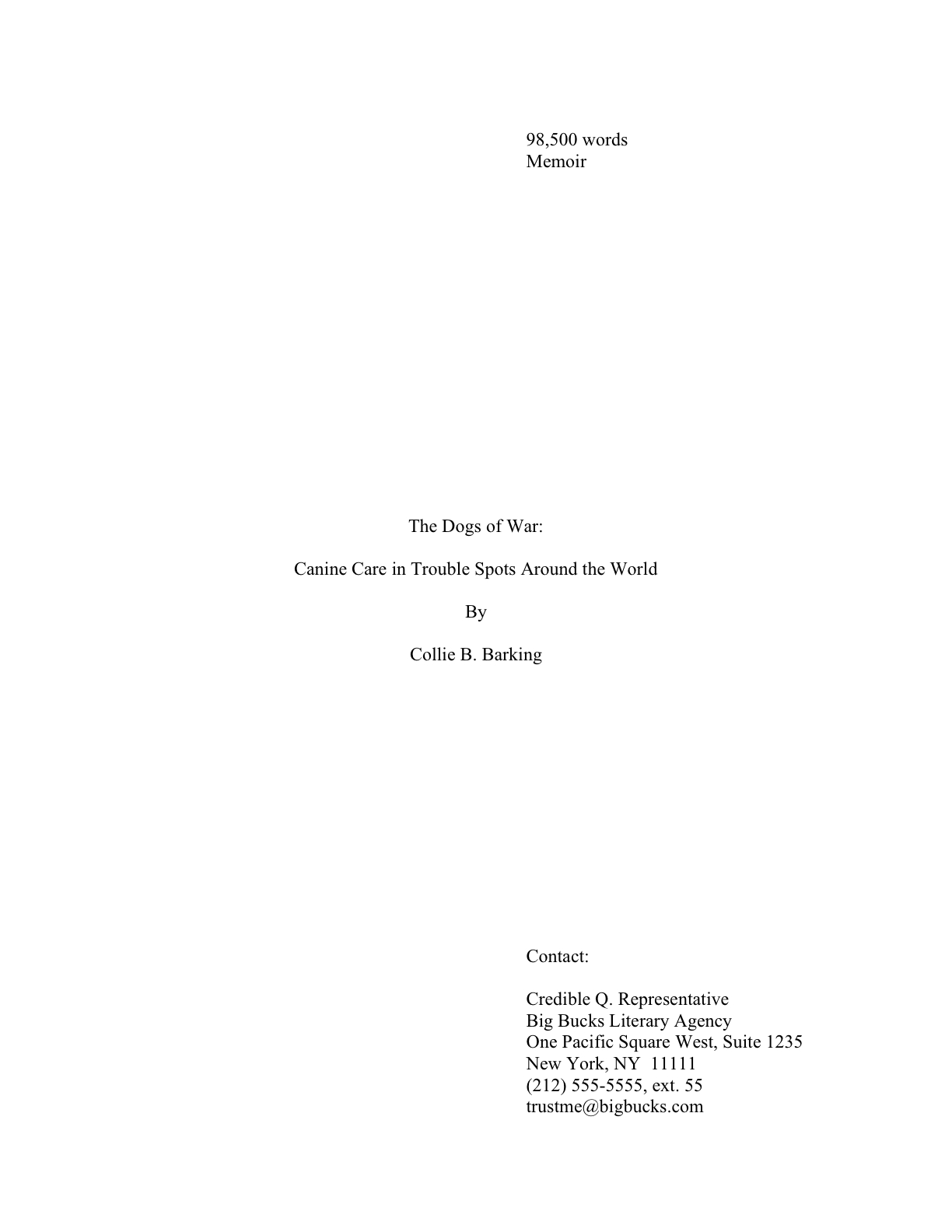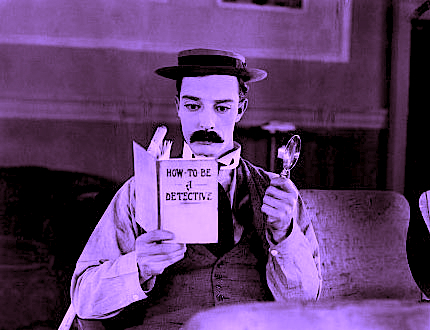





We open today with two pieces of bittersweet news from the embattled world of brick-and-mortar bookstores. First, a local tidbit: this weekend would be a phenomenal time to hurry on in to Seattle indie stalwart Elliott Bay Books, because in preparation for their relocation, all used books are 80% off though Monday, March 22; EBB’s last day of business in its beloved Pioneer Square location will be March 31. Booklovers need not despair, however: EBB plans to reopen in its new (smaller?) Capitol Hill location by April 14th.
In other creative-response-to-a-wildly-changing-market news, the Borders chain has just instituted a policy of offering free meeting space to book groups — and no, they’re not going to dictate what books the groups so housed will read. (A policy they tried out last year, I’m told.) I think this is a stupendously smart idea: hang a medal on the marketing executive who stood up in a meeting in the best Judy Garland/Mickey Rooney tradition and cried, “Wait! We’ve got a bookstore…and they love books…let’s put on a show!”
So now would be a great time for those of you currently congregating in an overstuffed living room to relocate. It’s unclear whether the megastores would be equally open to hosting, say, a weekly or monthly writers’ group, but it couldn’t hurt to track down a manager to ask the next time you’re in your local Borders, could it?
And to any indie bookstore owners who happen to be reading this: if you would willing to match this offer — or, better yet for the Author! Author! community, to host a writers’ group on a semi-regular basis — please feel free to leave a comment with your location, the link to your website, and the person whom local writers should contact at the end of this post. Let’s see if we can’t hook you up with some serious writers looking for a home to commune over craft.
Okay, that’s enough matchmaking for one day. Back to the business at hand, talking about how a savvy writer should respond to a request for a partial manuscript.
REQUESTED MATERIALS — and well, everything else
To be absolutely clear, I’m not talking about sending pages to an agency whose guidelines specify that queriers should include the first chapter, a few pages, or a synopsis with a query — all of these would, in the industry’s eyes, be unsolicited manuscript pages. Yes, yes, I know: it’s a bit counter-intuitive that a blanket statement that the agent would like to see these materials from all queriers doesn’t constitute solicitation, but it doesn’t.
Why am I raining on the partials parade by bringing this up right now, you ask? Because the consequences of confusing solicited and unsolicited manuscripts tend to be very, very high for the submitter. So let’s run over the difference in a touch more detail, shall we?
A solicited submission consists of manuscript pages that an agent is waiting to see, usually following a successful pitch or query. An unsolicited submission consists of a stack of manuscript pages from a writer who has not yet been personally asked to send anything.
Ne’er the twain shall meet, my friends. If an agency or small publishing house’s submission guidelines do not SPECIFICALLY state that it wants to see pages, sending unsolicited materials almost universally results in those pages being rejected immediately, unread.
Everyone clear on the distinction? Okay, here’s a pop quiz, just to be sure: why is a partial invariably a solicited submission? For bonus points, work into your answer the magic words a savvy submitter always writes on the outside of an envelope or places in the subject line of an e-mail bearing the partial to an agent.
If you immediately leapt to your feet and shouted, “By jingo, a partial in the sense we’ve been discussing it for the past two days is a solicited submission by definition, because a partial is the precise number of pages the agent in question asked to see,” pat yourself on the back three times. If you took a deep breath and added, “And I would never dream of sending any manuscript, partial or otherwise, that an agent or editor had asked to see without whipping out my trusty black marker and writing REQUESTED MATERIALS in 3-inch-high letters on the front of the envelope and/or in the subject line of the e-mail,” award yourself another couple of hearty congratulatory slaps.
Then fling yourself onto the nearest chaise longue and take a few nice, deep breaths. That lulu of a second answer must have used up every square millimeter of oxygen in your lungs.
Now that you’ve caught your breath, shall we enlighten the rest of the class about why a savvy writer always scrawls those particular words on a requested submission? The answer to this one’s as easy as pie: so the requested materials can’t possibly be mistaken for an unsolicited submission.
That, and so those pages the agent asked to see will end up on the right end of Millicent’s desk — or, at a large agency, on the right Millicent’s desk, period. As painful as it may be for aspiring writers to contemplate, submissions can and sometimes do get misplaced; good labeling renders that dreadful eventuality less likely.
(It’s less painful for agented writers to contemplate, typically; most of us have already lived through having a manuscript go astray. A certain agency that shall remain nameless as long as I remain signed with them not only lost one of my manuscripts once; it sent me another writer’s rejected manuscript in my SASE. They were quite apologetic when I returned it to them, along with a note suggesting that the author might be a better recipient for it.)
Oh, did the implication that submitting electronically might require some different steps catch you off-guard? Let’s rectify that with all deliberate speed.
Submitting your partial via e-mail
When submitting via e-mail — a route a savvy writer takes only when an agent specifically requests it; even at this late date, many are the agencies that do not accept electronic submissions at all, even if they accept e-mailed queries — include your partial as a Word attachment. (As much as some writers may prefer other word processing programs, Word is the industry standard.) If you work on a Mac, make sure to check the Send Windows-friendly attachments box; most agencies operate on PCs, and not particularly new ones at that.
You want the agent of your dreams to be able to open your document, don’t you? Millicent tends to be very, very cranky when she can’t open an attachment — and the sooner any writer gets used to the idea that any computer compatibility problems are considered the writer’s problem, not the agent’s, the happier your working life will be.
Speaking of difficulties opening files — or, as Millicent likes to call them, “what happens when writers don’t know what they’re doing” — it’s also an excellent idea for those working on the newest generation of Word to send the document in an older version. Specifically, send it as .doc file (Word 97-2004), not as a .docx file (anything more recent). The Save As… option under the FILE menu will allow you to make this switch easily.
Yes, I know it’s 2010. Try explaining that to a Millicent who’s stuck working on a decade-old PC that’s running a 2003 operating system.
If you are submitting requested materials via e-mail, use the body of the e-mail for your cover letter, but include any additional requested materials as separate attachments. In other words, unless the agent actually asked you to combine elements or place the whole shebang into the body of an e-mail (rare, but it happens; agents are as reluctant to download viruses as anybody else), the author bio should not be in the same document as the partial, and Millicent should be able to open your synopsis without having to scroll through the first 50 pages of your manuscript.
The sole exception: include your title page in the partial’s file, not as a separate document. Or, to put it another way, the title page should be the first page in the partial document, followed by the first page of text. Remember, though, that the title page should neither be numbered nor carry a slug line:
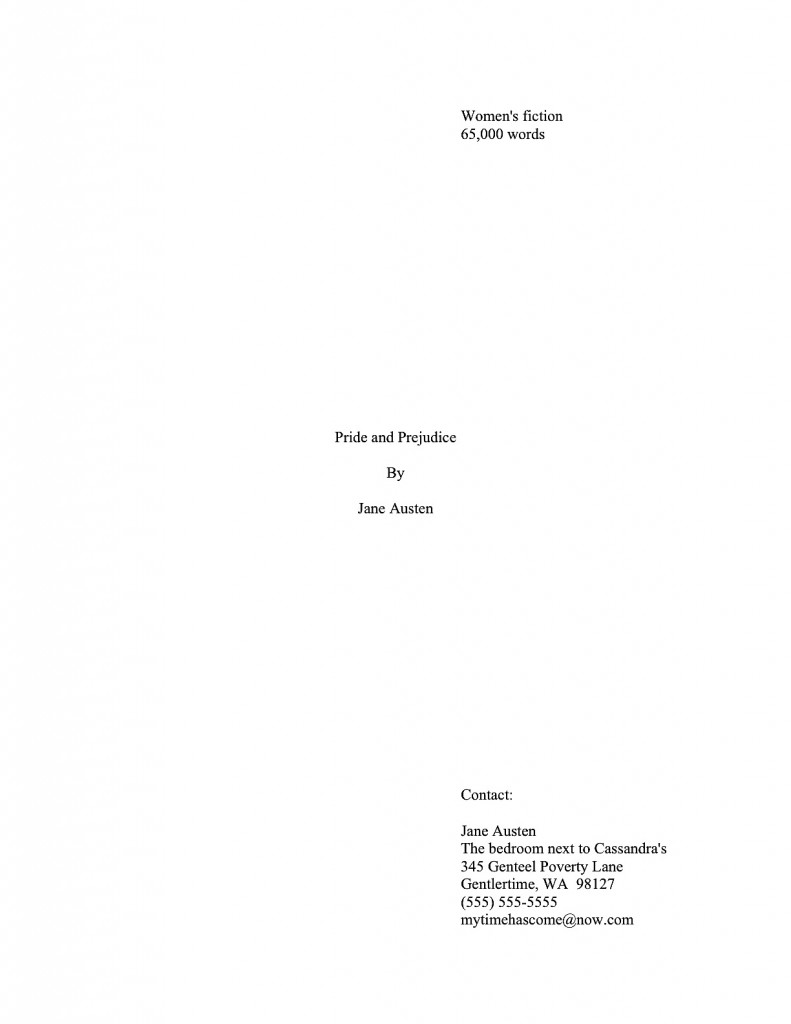
Unlike the first page of text — or any other page of text, for that matter:
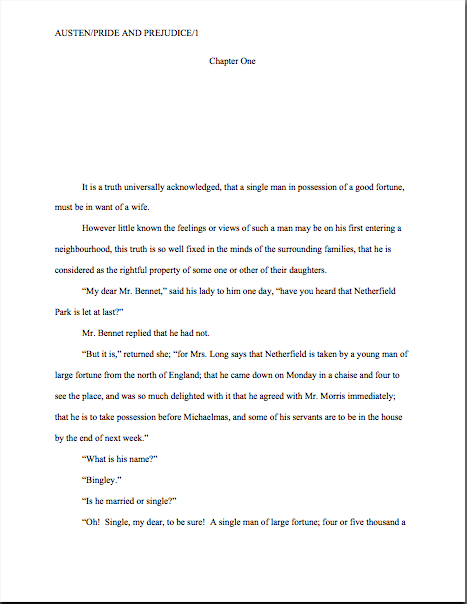
Is that wheezing sound an indicator that those of you who meticulously constructed your title pages as separate documents have begun to hyperventilate? Not to worry — adding your title page to your partial file is as easy as copying it, pasting it into the beginning of the partial, and adding a page break. No fuss, no muss, and very little bother.
And yet the wheezing continues. “But Anne,” a few of you gasp, “if I send the title and the body of the partial in the same Word document, won’t the title page automatically have a slug line — and be numbered, too?”
Not necessarily — but there is a trick to it. Under the FORMAT menu, select Document, then Layout. Here, select the Different First Page option, then click OK. That, as the option’s name implies, will give your first page a different header and footer than the rest of the partial. After that, it’s simply a matter of placing the slug line in the header for the first page of text.
Before you have to waste breath asking, allow me to add: in order to prevent Word from counting the title page as page 1 and the first page of text as page 2, use the Format Page Number option under VIEW/Header and Footer to set the Start at… number to zero. Voilà! The first page of text is now page 1!
Hey, what did you mean, any additional requested materials?
As I mentioned last time, just as some agencies’ guidelines call for pages to be included in a query packet and some do not, some partial-requesting agents ask writers to slip additional materials into a submission packet. Obviously (and I do hope that it is indeed obvious to you by this point in our discussion), you should not include any extra materials unless the agent asks for them — but it never hurts to have any or all of the following on hand at querying time, just in case somebody requests one of them.
To continue the lengthy tradition that I started yesterday — ah, those were good times, were they not? — let’s run through the most popular additions in the order they should appear in a hard-copy submission packet:
1. Cover letter
2. Title page
3. The requested pages in standard format.
4. Synopsis, if one was requested, clearly labeled AS a synopsis.
Here again, terminology may not be the writer’s friend: with fiction or memoir, when an outline is requested, they usually mean a synopsis, not an annotated table of contents. For nonfiction, an outline means an annotated table of contents.
Most of the time, though, what an agent will ask to see for any types of book is a synopsis: a 1-5 page (double-spaced) overview of the basic plot or argument of the book. If you don’t already have one handy, you’ll find a step-by-step guide to writing one in the HOW TO WRITE A REALLY GOOD SYNOPSIS category at right. (How do I come up with these category titles?)
5. Marketing plan, if one was requested.
These were all the rage a few years ago for fiction and memoir, but since the economy slowed down, they seem to have fallen out of favor as a submission-packet request, especially for partials. But just in case you get asked to produce one, a marketing plan is a brief (2-5 pages, double-spaced) explanation of who the target audience is for a particular book, why this book will appeal to those readers, and what you — not the publishing house’s marketing department, but YOU, the author — will do in order to alert potential readers to that appeal.
Sound familiar? It should –there’s an entire section of the book proposal devoted to this very subject. That’s where fiction agents got the idea. And if a first-time novelist happens to have a terrific platform for the book she’s writing — if she’s the world’s leading authority on drive-in movie theatres, for instance, and her novel happens to be set in one — an agent may well wish to tuck a marketing plan that talks about all the lectures on drive-ins (and in drive-ins) the author is going to be giving over the next couple of years.
As I said, though, it’s largely fallen out of fashion. But let me turn it around to you: have any of you novelists been asked to provide marketing plans with your submissions lately? If so, let me know, and I’ll run a brief series on how a novelist might go about pulling one together.
6. Author bio, if one was requested.
An author bio is a one-page (double-spaced) or half-page (single-spaced) plus photo account of the submitting writer’s professional credentials. Typically, when an agent submits a manuscript or book proposal to editors, the author Since these are far from easy to write, I always recommend that aspiring writers construct them well in advance, so they have a great one on hand to tuck into the submission packet.
I suspect that I’m going to yield to those nagging voices in the ether and revisit how to write an author bio soon — but dag nab it, I really want to get back to craft. For those of you who need to toss one together while this internal debate rages, you can find a step-by-step guide to writing one under the AUTHOR BIO category on the list at right.
7. A SASE big enough that everything you’re sending the agent can be returned to you
That’s a self-addressed, stamped envelope, for those of you new to the game. Always use stamps, not metered postage, for the SASE.
Why? Because since 9/11, someone who wants to mail a pre-metered package that weighs over two pounds via USPS has to tote it to a post office. Due to the paper-consumptive rigors of standard format, one rarely, if ever, meets a full-length manuscript that weighs less than two pounds.
“But Anne,” my formerly-wheezing readers point out, and rightly so, “isn’t the whole point of this mini-series to address the specific challenges of the aspiring writer who hasn’t been asked to send the entire manuscript? Correct me if I’m wrong, but wouldn’t the first three chapters of most manuscripts fit into a 10″ x 17″ Manila envelope?”
You are far from wrong, ex-wheezers: a nice, crisp Manila envelope is just the thing for submitting a partial. Fold a second envelope in half and poke it into the first for the SASE.
8. Optional extras.
If you want to send a second, business-size envelope SASE as well, to make it easy for them to request the rest of the manuscript, place it at the bottom of the packet (and mention it in your cover letter.)
Since the vast majority of agencies are congenitally allergic to submitters calling, e-mailing, or even writing to find out if a manuscript actually arrived — check the agency’s website or guide listing to be sure — it’s also a fair-to-middling idea to include a self-addressed, stamped postcard for the agency to mail to you to acknowledge receipt of the manuscript. To generate a chuckle in a hard-worked Millicent, I always liked to send a SASP that looked like this — although with a stamp attached, of course:
Don’t worry about this causing trouble; it doesn’t, provided you do it courteously, and you will have proof that they received it. This is important, because as I MAY have mentioned, manuscripts do go astray from time to time.
Want to get the same information without running the risk that a witty postcard won’t elicit a chuckle? Pay a little more at the post office for the Delivery Confirmation service; they’ll give you a tracking number, so you may follow your submission’s progress through the mail.
What you should most emphatically not do is send your submission via a delivery service that will require someone at the agency end to sign for the packet. This is one of Millicent’s most notorious pet peeves — why, she reasons, should she (or the guy in the mail room) have to take time out of her (or his) busy day just because a writer’s nervous?
9. Pack it all in your Manila envelope and write REQUESTED MATERIALS on the front.
Straightening up the stack of paper will minimize the possibility of in-transit mutilation, incidentally. If the envelope you have selected is a tight fit — snug enough, say, that the pages might get wrinkled in the stuffing-in process — for heaven’s sake, find yourself a larger envelope. It’s in your interest for it to arrive pretty.
Oh, and no matter how many pages or extra materials you were asked to send, do remember to read your submission packet IN ITS ENTIRETY, IN HARD COPY, and OUT LOUD before you seal that envelope. Lest we forget, everything you send to an agency is a writing sample: impeccable grammar, punctuation, and printing, please.
Next time, we’ll be wrapping up this discussion via a quick tour of the major mistakes submitters make in constructing their partials. Until then, slice that pie and pack it for traveling nicely, everybody, and keep up the good work!
